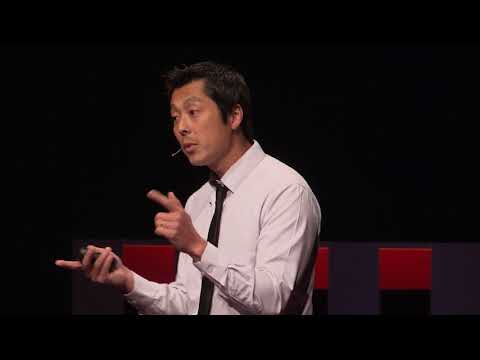With 570 stem cell clinics in the United States alone offering direct-to-consumer marketing of stem cell interventions and “clear grounds for concern that some of the companies we found are not compliant with federal regulations” (Knoepfler and Turner, Cell Stem Cell), it comes as little surprise that patients are getting treatments that, at best, do nothing to improve their condition and cost them money, and, at worst, harm them. The patient stories that you can read here and here garnered a great deal of media attention. They are just two high-profile examples of what can happen when desperate people undergo unproven stem cell treatments.
The scientific community has been working hard, for many years, to raise awareness of this issue and warn patients, but clearly more needs to be done. Just two weeks ago, Ubaka Ogbogu was the keynote speaker at an education and outreach event for Toronto high school students, run by university science students, called StemCellTalks. His topic? The marketing of unapproved stem cell treatments.
Now patients are fighting back.
Claire Horner et al. have published an article in Nature stating that civil lawsuits could achieve what education and warnings have not: an end to direct-to-consumer marketing of stem cell interventions (SCIs).
The authors explain that “there have been few criminal prosecutions and regulatory enforcement actions against providers who have violated laws and best practice standards due to the lack of resources and legal ambiguity.” They propose that “Combining legal, regulatory, and educational efforts offer a powerful strategy that when applied in concert could affect public policy change and stifle the burgeoning SCI industry.”
Patients’ Rights
One the one hand, patients are advocating for their Right to Try – essentially, their right to gain access to experimental therapies. This legislation is already widespread in the United States, but Horner and her co-authors make a compelling argument that stem cell lawsuits will bring the wrong kind of attention to the industry, set legal precedent, and “reshape the media narrative from one focused on the right to try or practice to one highlighting the need for adequate safety and efficacy standards, and encourage authorities to turn their attention to policy reform and enforcement.” They also demonstrate how litigation has had a powerful impact on other industries (tobacco, guns).
It’s an interesting angle to the issue and one that may be proven true over time. At the moment, they’ve identified nine civil lawsuits that match their criteria for inclusion. (See the list here.)
Watch Dr. Daniel Kota, of Emory University, on the promises and dangers of stem cell therapies.
Stacey Johnson
Latest posts by Stacey Johnson (see all)
- Right Turn: Beyond the ’stache: The science, the progress, the promise - November 26, 2025
- Right Turn: Can Bryan Johnson live forever? Will regenerative medicine help him do so? - October 10, 2025
- Right Turn: #pinksocks, diabetes news and other ramblings - June 24, 2025







Comments